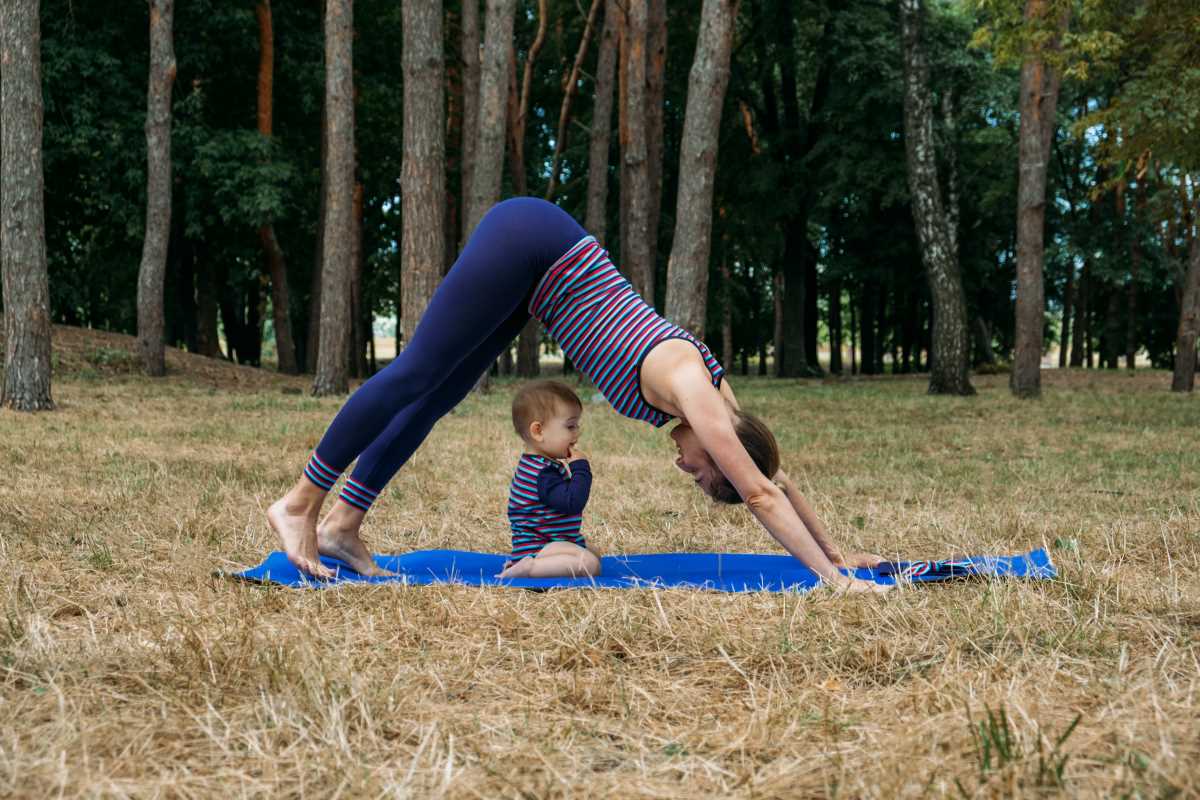Strength training can feel like a balancing act. You want to push your limits to build muscle and get stronger, but too much too soon can lead to fatigue, injuries, and burnout. But what if there was a way to increase your strength while still giving your body the time it needs to recover and rebuild?
The key to long-term success isn’t about doing the most, it’s about doing what works. With a well-structured four-week strength program that incorporates intensity, recovery, and progression, you can achieve noticeable gains without overtraining. Whether you’re just starting out or already in your fitness groove, this guide provides a plan that helps you grow stronger while keeping burnout at bay.
Week 1: Building the Foundation
The first week of the program is all about laying the groundwork. You’ll focus on practicing proper form, building consistency, and getting your body accustomed to the upcoming workload. The exercises avoid pushing your limits right away but still provide a strong baseline for improvement.
Workout Plan
Days per week: 3 (e.g., Monday, Wednesday, Friday)
Rest between sets: 60-90 seconds
Sets x Reps: 3 sets of 10-12 reps
Day 1
- Squats (bodyweight or light weights)
- Push-Ups (modify to incline as needed)
- Dumbbell Bent-Over Rows
- Glute Bridges
- Plank Hold (30-45 seconds)
Day 2
- Deadlifts (use light-to-moderate weights to refine form)
- Overhead Dumbbell Press
- Step-Ups (using a sturdy bench or platform)
- Side Plank (hold 20-30 seconds per side)
- Bicycle Crunches
Key Focus
- Prioritize quality over quantity. Take time to refine your form.
- Use moderate weights that allow you to complete the reps without strain, particularly for compound lifts.
- Incorporate active recovery on your off days (e.g., walking, yoga, or stretching).
Week 2: Strength Activation
Now that the foundation is laid, it’s time to increase the intensity. This week adds a small amount of weight and a focus on progressive overload to push your muscles slightly harder while still allowing adequate recovery.
Workout Plan
Days per week: 4 (e.g., Monday, Tuesday, Thursday, Friday)
Rest between sets: 60-90 seconds for accessory work, 2 minutes for heavier lifts.
Sets x Reps: 3-4 sets of 8-10 reps
Day 1 (Lower Body Focus)
- Barbell Back Squat or Goblet Squat
- Romanian Deadlifts (RDLs)
- Walking Lunges (dumbbells optional)
- Calf Raises
Day 2 (Upper Body Focus)
- Bench Press or Dumbbell Chest Press
- One-Arm Dumbbell Rows (per side)
- Dumbbell Shoulder Lateral Raises
- Push-Ups (add difficulty if comfortable)
Day 3 (Lower Body & Core)
- Deadlifts (add weight gradually)
- Bulgarian Split Squats
- Hamstring Curls (machine or sliders)
- Hanging Leg Raises
Day 4 (Upper Body & Core)
- Pull-Ups (assisted if needed) or Lat Pulldown
- Overhead Press (Barbell or Dumbbells)
- Bicep Curls
- Triceps Dips
- Plank with Shoulder Taps
Key Focus
- Gradually increase your weights by 5-10% this week.
- Push yourself to feel challenged but not exhausted. Finish your sets with good form and 1-2 reps left in the tank.
- Listen to your body. If you’re sore or low on energy, scale back the intensity or take an extra rest day.
Week 3: Dialing Up the Intensity
By week three, your body is ready for a more serious challenge. This week focuses on building strength through reduced reps with heavier weights and deliberate tempo work (slower controlled movements).
Workout Plan
Days per week: 4 (same split as Week 2)
Rest between sets: 90 seconds for accessory work, 2-3 minutes for heavy lifts.
Sets x Reps: 4-5 sets of 6-8 reps (compound movements); 3 sets of 8-10 reps (accessory exercises)
Compound Lift Days
- Front Squats
- Deadlifts
- Overhead Press
- Pull-Ups (weighted if possible)
Accessory Work Suggestions for Each Day
- Leg Press
- Dumbbell Bench Press
- Single-Leg Romanian Deadlifts
- Face Pulls (for rear shoulder activation)
- Hanging Knee Raises
Key Focus
- Use a heavier weight that allows you to complete the lower reps while keeping perfect form.
- Highlight eccentric movements (e.g., lowering the barbell or weight slowly). This adds extra time under tension, crucial for muscle growth.
- Incorporate rest and active recovery to prevent overtraining. Example activities include swimming, foam rolling, or gentle yoga.
Week 4: Peak and Recover
The fourth week is about reaping the rewards of your hard work while preparing your body for proper recovery. You’ll still challenge yourself, but this is also a great week to dial back the intensity slightly to avoid burnout and promote recovery.
Workout Plan
Days per week: 3 (e.g., Monday, Wednesday, Friday)
Focus: 2 strength-focused days, 1 mobility/recovery day
Strength Days (2x/week):
- Deadlifts (3 x 5-6 reps)
- Bench Press (3 x 5-6 reps)
- Split Squats (3 x 8 reps per leg)
- Dumbbell Push Press (3 x 8 reps)
- Cable or Dumbbell Face Pulls (3 x 10)
Mobility & Recovery Day (1x/week):
- Dynamic stretches for hips and shoulders
- Foam rolling or deep tissue massage work
- Bodyweight movements like yoga flows (e.g., Cat-Cow, Downward Dog)
- Optional light cardio (brisk walk or easy cycling)
Key Focus
- Reflect on your progress. How much stronger do you feel compared to day one?
- Fully engage with recovery—not just physically, but mentally too. Nutrition, sleep, and stress management are key elements of your program’s success.
 (Image via
(Image via





